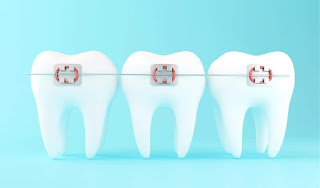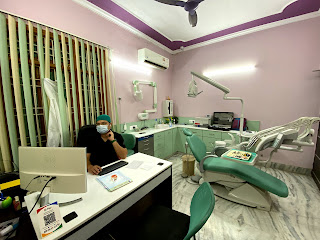The Benefits of Orthodontic Intervention for Preventing Malocclusion in Children at Age 11

Introduction: Orthodontic intervention plays a crucial role in preventing and correcting malocclusion, or misalignment of the teeth and jaws. Early intervention, especially around the age of 11, can yield significant benefits for long-term oral health and overall well-being. In this blog, we will explore how orthodontic intervention at this age can help prevent the development of malocclusion. 1. Guiding Jaw Growth: At age 11, children are still experiencing jaw growth. Orthodontic intervention can help guide this growth in a favorable direction, ensuring proper alignment and preventing malocclusion from worsening. 2. Correcting Misaligned Teeth: Orthodontic appliances, such as braces or aligners, can effectively correct misaligned teeth at age 11. By applying gentle pressure, these appliances gradually move the teeth into their proper positions, improving both aesthetics and functionality. 3. Addressing Bite Issues: Malocclusion often involves bite problems, such as overbite, underbit...





